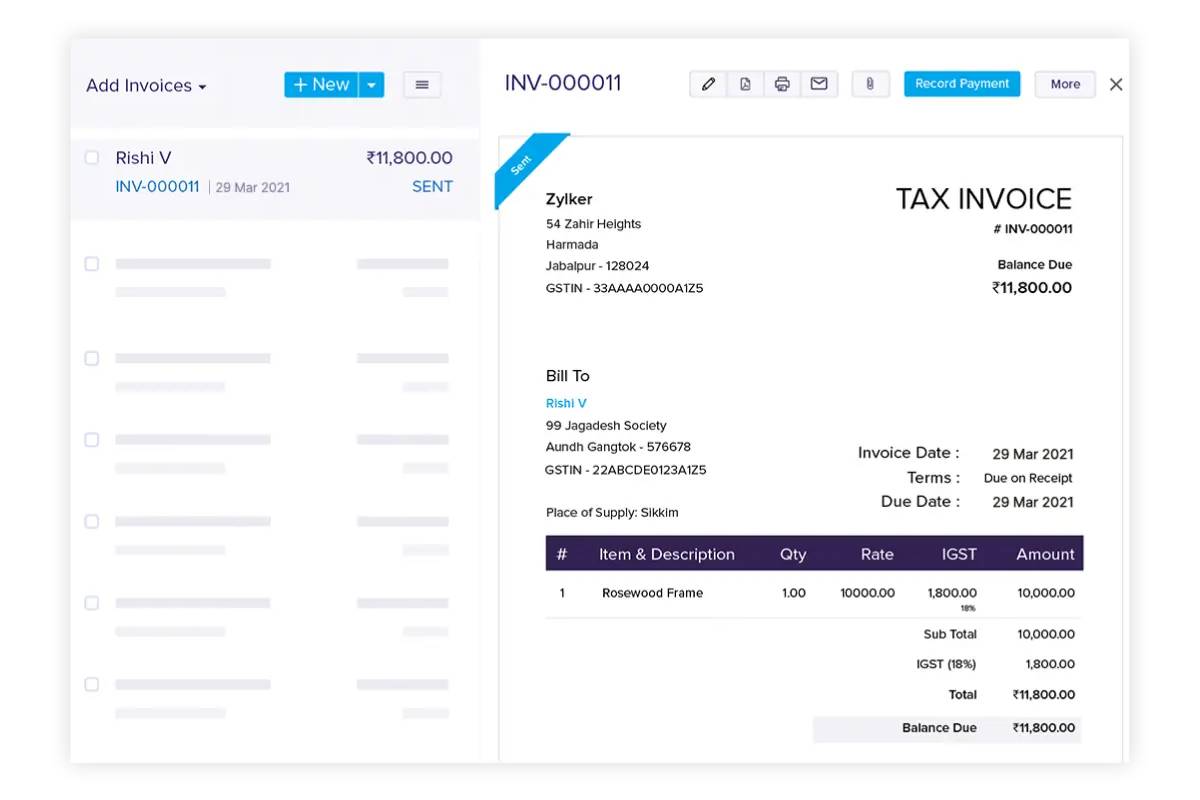
How to Calculate and Pay National Insurance
Paying your fair share of National Insurance is more than just a legal requirement—it directly impacts your eligibility for state benefits, including the State Pension. If you’re self-employed or running a small business, understanding how to calculate and pay your National Insurance Contributions (NICs) can seem complicated. But don’t worry—this guide breaks it all down, from Class 2 NICs to Class 4 NICs, with expert insight, clarity, and real-world relevance.
Understanding National Insurance and Why It Matters
National Insurance is a tax on earnings paid by employees, employers, and the self-employed. It helps fund public services such as the NHS, state pensions, maternity benefits, and more. If you’re employed, your contributions are usually deducted at source. But if you’re self-employed, it’s up to you to work out how much you owe and pay it through your Self Assessment tax return.
There are different types of NICs, but for most self-employed individuals.
The focus is on:
- Class 2 NICs: A flat-rate contribution if your profits exceed a certain threshold
- Class 4 NICs: A percentage of your annual taxable profits
Understanding these two classes is key to staying compliant and making the most of your entitlements.
Quick-Reference Checklist: How to Calculate and Pay Your NICs
- Check if you’re self-employed and registered with HMRC
- Track your annual profits (income minus allowable expenses)
- Check thresholds for Class 2 and Class 4 NICs
- Use HMRC tools or accounting software to calculate NICs due
- File your Self Assessment tax return on time (January 31 deadline)
- Pay NICs via the HMRC portal or set up a payment plan if necessary
Step-by-Step Guide to NICs Calculation and Payment

1. Determine If You Need to Pay NICs
You’re usually liable for NICs if:
- You’re self-employed (sole trader, freelancer, contractor)
- Your profits exceed £12,570 per year (2025/26 tax year threshold)
If your profits are below this threshold, you may not need to pay Class 2 NICs, but you can opt in voluntarily to protect your entitlement to benefits like the State Pension.
2. Understand the Different Classes
Class 2 NICs
- Flat rate: £179.40 annually (£3.45/week in 2025/26)
- Paid if profits exceed the Small Profits Threshold of £6,725
- Paid via Self Assessment annually
Why it matters: Paying Class 2 NICs helps you qualify for basic state benefits, including the full State Pension, Maternity Allowance, and Bereavement Support.
Class 4 NICs
- Charged as a percentage of your profits:
- 9% on profits between £12,570 and £50,270
- 2% on profits over £50,270
- Also paid via Self Assessment
These contributions do not count towards state benefits but are still mandatory if your profits are above the threshold.
3. Track Your Profits Accurately
Your NICs are based on annual taxable profits. This is your income minus all allowable business expenses.
Good record-keeping is essential here:
- Keep copies of all invoices and receipts
- Use accounting software (e.g., QuickBooks, FreeAgent) or spreadsheets
- Review your expenses regularly to maximise deductions
Pro Tip: If your income varies month to month, monitor your year-to-date profits quarterly to avoid surprises.
4. Use HMRC Tools or Software to Calculate NICs
When you fill out your Self Assessment return, HMRC will automatically calculate how much NICs you owe based on the figures you enter.
Alternatively, many accounting platforms offer NICs estimators.
These can help you:
- Forecast what you’ll owe
- Adjust savings plans accordingly
- Avoid underpayment and late penalties
5. File and Pay On Time
- Deadline: January 31, after the end of the tax year
- How to Pay:
- Online via bank transfer
- HMRC app
- Direct Debit
- Budget Payment Plan (for spreading payments)
Missing the deadline can result in interest charges and penalties, so set reminders in your calendar or sign up for email alerts from HMRC.
Pro Tip: Late payments can lead to unnecessary fines and debt collection action.
Important: Review your National Insurance record on the gov.uk portal annually to spot gaps.
Common Pitfalls
- Missing Class 2 NICs: If you forget to tick the relevant box on your Self Assessment, HMRC won’t charge you—but you’ll miss out on benefit entitlements.
- Incorrect profit calculation: Not subtracting allowable expenses properly can inflate your NICs bill.
Expert Advice:
- If you’re close to the profit thresholds, consider voluntary Class 2 NICs to secure benefits.
- Use HMRC’s NICs checker tool or speak to a tax advisor.
Best Practices to Stay Ahead

- Automate savings: Set aside 20–30% of income in a separate account to cover tax and NICs.
- Use professional software: It helps track, calculate, and file with ease
- Hire an accountant: Especially useful if you have mixed income sources or overseas earnings
- Schedule quarterly check-ins: Adjust your contributions and track performance
Frequently Asked Questions (FAQs)
Q: Can I pay NICs voluntarily?
A: Yes, especially Class 2 NICs if your profits are below the threshold. This helps you build qualifying years for the State Pension.
Q: Do Class 4 NICs count towards the State Pension?
A: No, only Class 2 NICs contribute towards benefit entitlements.
Q: What if I made a loss this year?
A: You won’t pay Class 4 NICs and can skip Class 2 NICs, though voluntary payment may still be wise.
Q: Can NICs be refunded?
A: Refunds are possible in rare cases, such as overpayment. Contact HMRC directly.
Q: Is there a deadline for voluntary contributions?
A: Yes, typically within six years of the relevant tax year.
Conclusion: Stay Informed, Stay Compliant

Managing your NICs calculation, particularly for Class 2 and Class 4 NICs, is an essential part of running a business or freelancing in the UK. By staying organised, understanding your thresholds, and using the right tools, you can avoid penalties and secure your entitlement to benefits.
Start today by reviewing your profit estimates, checking your National Insurance record, and making sure you’re ready well before the Self Assessment deadline.


